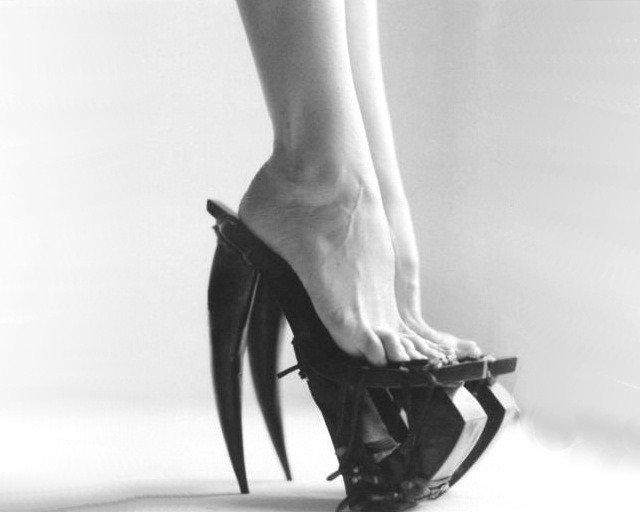Power vs. Responsibility
When I heard the sentence “With great power, comes great responsibilities”
from Stan Lee via spider man, I was inspired and felt a great sense of safety.
Yes, having superpowers with responsibility, the animation world is happy and secured
now. But, how about our real world?
Not as fortunate as the animation world, our real world is
almost in the opposite direction. With the development of technology, human’s
ability reaches to an unprecedented peak----a peak for technology, as well as a
peak for manipulation. Nowadays, with a $200 PC, a normal man can cheat
majority easily via Youtube; having some knowledge on nuclear, a small country
can destroy the entire earth at will. The most familiar example of this fact
may lie in journalism industry:
With hands on the controller of lens, one reporter now has the ability to ‘manipulate’ a ‘fact’, a preferred or desired ‘fact’. Common individuals have neither time/energy, nor enough professional knowledge to distinguish lies between truths. Telling lies from the overwhelming information is unpractical. As a result, lies are, literally, out of control.

However, I’m not saying the technology should not be
developed and skills should not be made more advanced. What resonated in my
brain is the perennial dilemma of development.
Initially, those great Greek philosophers noted that truth
is “coverless”. That is, the less cover and medium there is, the closer we are to
the truth.
Although nowadays we are far from that mysterious great
Greek age, to clarify or build an easier path towards truth is still the pursue
of our early technology pioneers. Compared to 19th century, a
‘playback’ function is doubtlessly a breaking through; as well as recompose
compared to ‘playback’ in the later century. The developments promise
convenience and power, while nothing promises responsibility.
Some artists have replied to this phenomenon. Like the worry
carried by movies like the Matrix
(1999-2003), Blade runner (1982),
Pacific Rim (2013), etc. that
people’s failure or ignorance of maintaining the responsibility may backfire
human being themselves---that the mainstream idea of science fiction. An
animation EVA (Neon Genesis Evangelion
1994-?) made by Gainax goes deeper into the discussion of the religious
punishment from ‘god’ because of the abuse of technology by human being, which
is a favorite to me.



